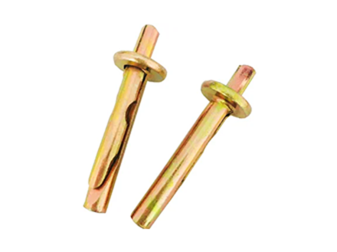set. . 15, 2024 22:00 Back to list
kinds of bolt heads
Understanding the Different Types of Bolt Heads
When it comes to fastening components in construction, automotive, and manufacturing applications, bolts play a crucial role. A key aspect of bolts is their heads, which not only serve practical purposes but also influence the overall design and usability of a fastener. Let’s explore the various kinds of bolt heads, their features, and applications.
1. Hexagon Head Bolt
The hexagon head bolt is one of the most common types on the market. With its six flat sides, it allows for a firm grip using a wrench. This design provides excellent torque capacity, making it suitable for high-stress applications in construction and machinery. These bolts are typically made of steel and are often used with nuts for secure fastening.
2. Socket Head Cap Screw
The socket head cap screw features a cylindrical head with a hexagonal recess, allowing for the use of an Allen wrench or hex key. This design is favored in applications where space is limited, and a standard wrench cannot be used effectively. Their durability and ability to withstand high torque levels make them popular in machinery, automotive parts, and even in assembly systems.
kinds of bolt heads

Countersunk head bolts are designed to sit flush with the surface of the material they are bolted into. The head is tapered, allowing it to be countersunk in pre-drilled holes. This type of bolt is often used in woodworking, furniture assembly, and applications where a smooth finish is required to avoid snagging. They provide a clean appearance and can be used where aesthetics matter.
4. Round Head Bolt
Round head bolts have a dome-shaped head that offers a decorative appearance while providing less surface area for torque application. Because of their rounded head, they are less likely to damage the surface they are placed against. These bolts are commonly used in situations where a special aesthetic is needed but can also be seen in less critical applications.
5. Flange Head Bolt
Flange head bolts combine the head and washer into a single piece, providing a broad bearing surface. This characteristic minimizes the chance of damage to the connected material and is quite effective in distributing the load evenly. Flange head bolts are commonly used in automotive and industrial applications where vibration and shifting might loosen standard fasteners.
Conclusion
The design of bolt heads plays a significant role in their function and application. Understanding the different kinds of bolt heads allows engineers, builders, and DIY enthusiasts to make informed decisions to ensure the best fit for their specific needs. Whether it’s for structural applications where strength is crucial or aesthetic applications where appearance matters, selecting the right bolt head is essential for effective fastening solutions.


